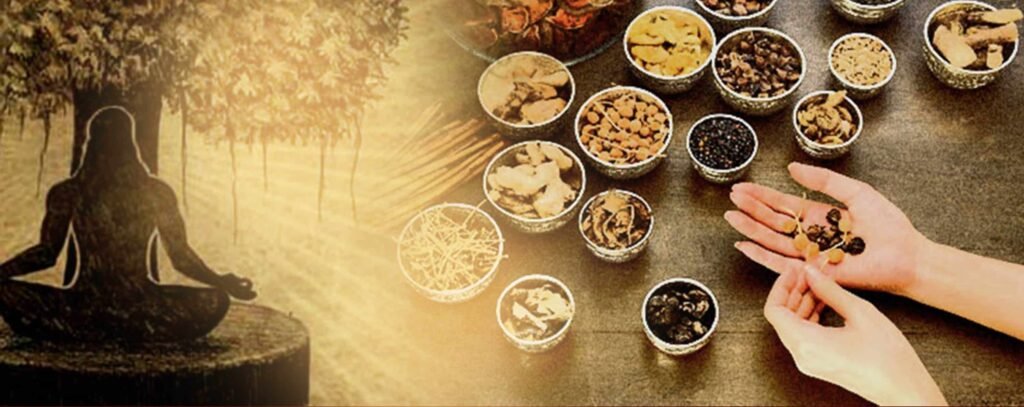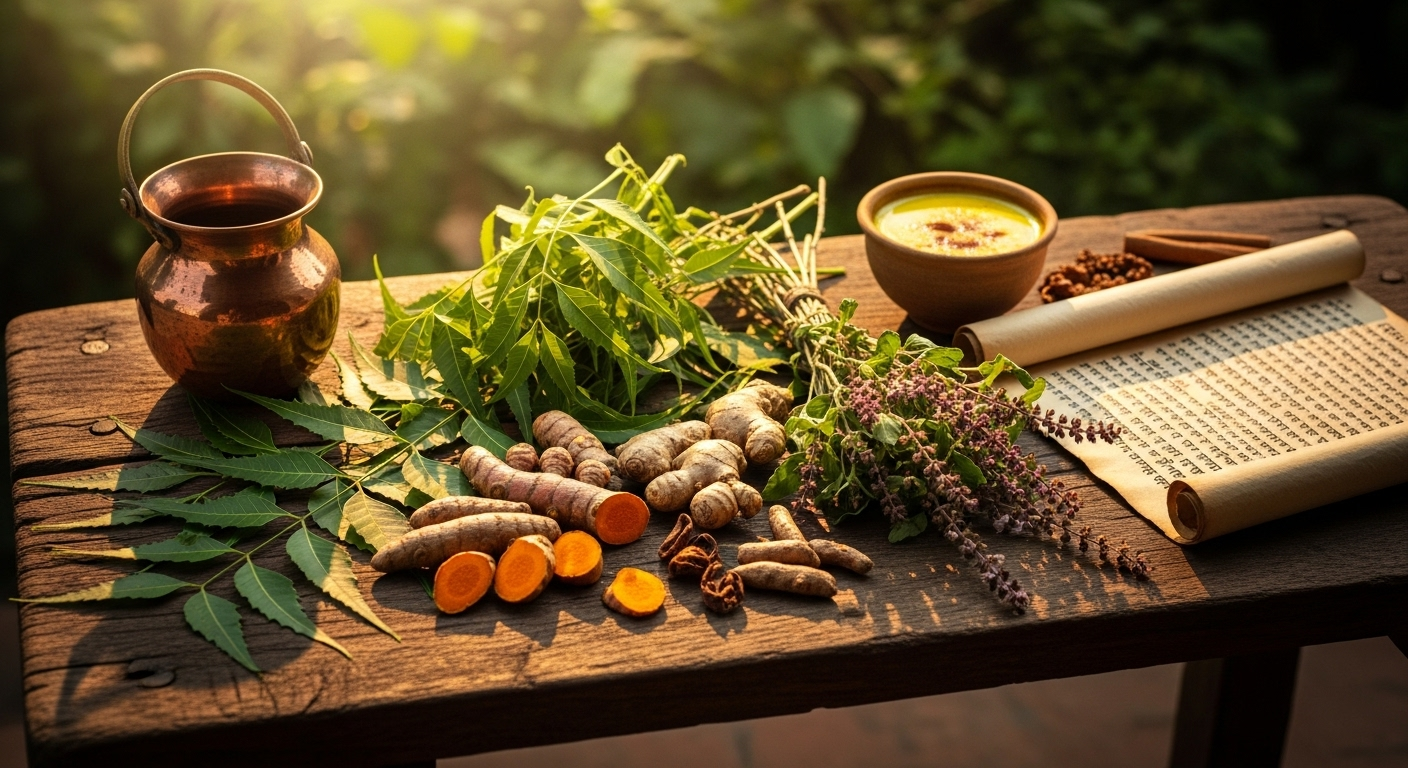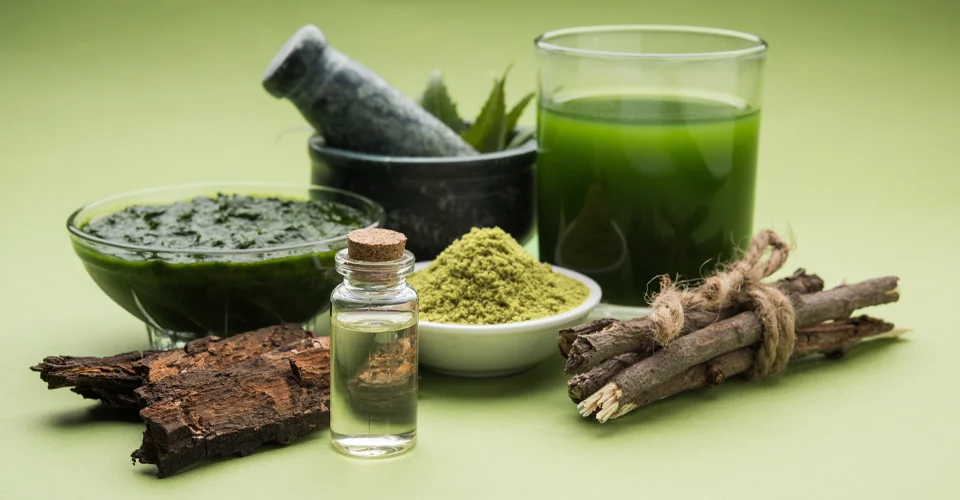Imagine your body as a magnificent, vibrant garden. This garden has its own unique soil, its own delicate ecosystem, and its own deep-seated rhythms. What you choose to feed this garden—what you plant, what you water—determines whether it flourishes with lush greenery and abundant flowers, or withers and struggles to bloom.
This beautiful metaphor lies at the heart of Ayurvedic Nutrition. It’s an ancient wisdom that sees you not as a machine to be fueled, but as a living, breathing ecosystem to be nurtured with care and intention. The food you eat is the rain, the sun, and the rich soil that either brings your garden to life or leaves it parched.

The Inner Sun: Honoring Your Agni
Every garden needs a sun, and in your inner ecosystem, that sun is your Agni, or digestive fire. A strong, steady Agni can transform food into life-giving energy, just as a powerful sun helps plants convert light into sustenance. But if your Agni is weak, like a sun behind a cloud, it can’t do its job, leaving behind undigested residues that are like weeds in your garden.
The goal of Ayurvedic nutrition is to be a wise gardener, tending to your inner sun to ensure it burns brightly and steadily.
The Gardener’s Palette: The Six Tastes
A master gardener knows the importance of biodiversity. They don’t just plant one type of flower; they plant a whole palette of colors, textures, and varieties. Similarly, Ayurveda teaches us that a truly nourishing meal contains a full palette of flavors—the six tastes:
- Sweet: The rich, grounding soil (grains, root vegetables)
- Sour: The gentle morning dew (citrus, fermented foods)
- Salty: The minerals of the earth (sea salt)
- Pungent: The sharp, invigorating spices (ginger, chili)
- Bitter: The cleansing, protective herbs (turmeric, leafy greens)
- Astringent: The firming, stabilizing tree bark (legumes, raw vegetables)
Including all six tastes in a meal is like ensuring your garden has every element it needs to thrive. It creates a symphony on your plate that satisfies your senses and nurtures your body on a deeper level.
Tending to Your Unique Garden
The most skilled gardener knows their own land. They understand its soil, its sunlight, and its seasons. In the same way, Ayurvedic nutrition teaches us to honor our unique “soil”—our individual dosha constitution. The food that helps a fiery Pitta garden stay cool and balanced might be too cold for a wind-blown Vata garden, just as the heavy, grounding foods that a Vata garden needs would overgrow and overwhelm a dense Kapha garden.
This is why there is no single perfect diet in Ayurveda. The journey is to become a student of your own body, learning what kind of care, and what kind of seeds, your unique ecosystem needs to flourish.
Simple Acts of Gardening: Practices for the Soul
You don’t need a green thumb to start. You can begin to tend to your inner garden today with these simple, mindful practices:
- Morning Ritual: Start your day by “watering” your garden with a glass of warm water.
- Mindful Eating: When you eat, be fully present. Observe the textures, the colors, and the aromas. This is your time to connect with your garden.
- Eat with Intention: Favor warm, cooked foods, which are like giving your garden a rich, nourishing compost—easy to absorb and full of warmth.
- Observe and Learn: After each meal, notice how you feel. Do you feel energized, or do you feel heavy and sluggish? These are the clues your garden is giving you.
Ayurvedic nutrition is an invitation to step into the role of a master gardener. It’s an art of deep listening and mindful action. It asks you to slow down, to connect with the intelligence of nature, and to cultivate a life of health and harmony, one nourishing meal at a time. What will you plant in your garden today?


